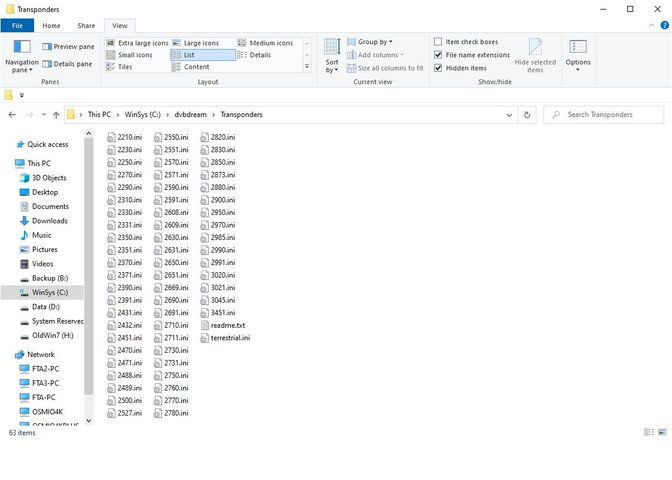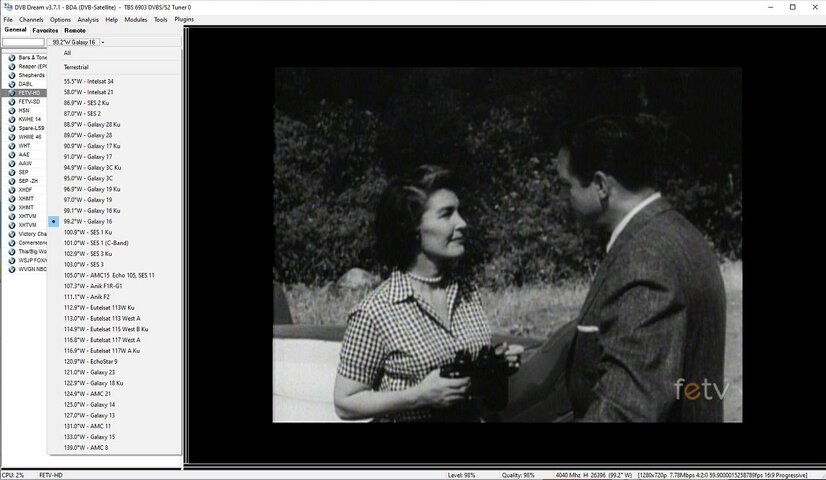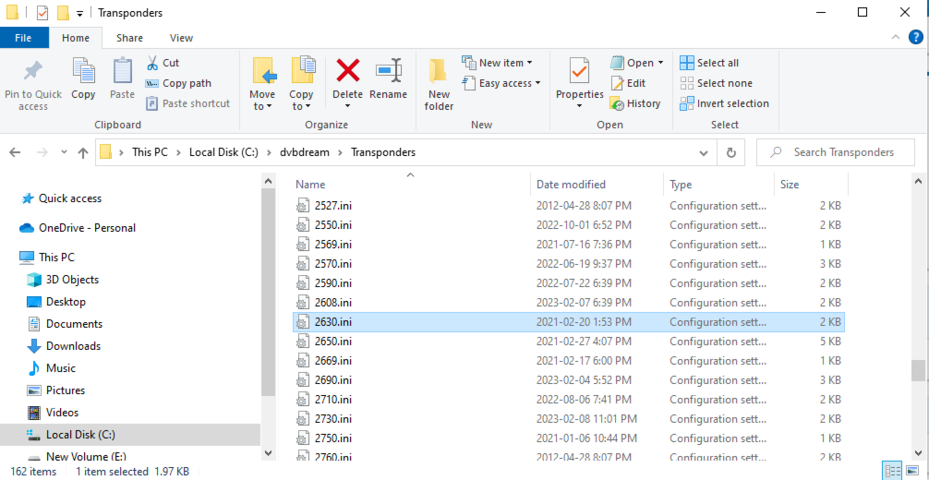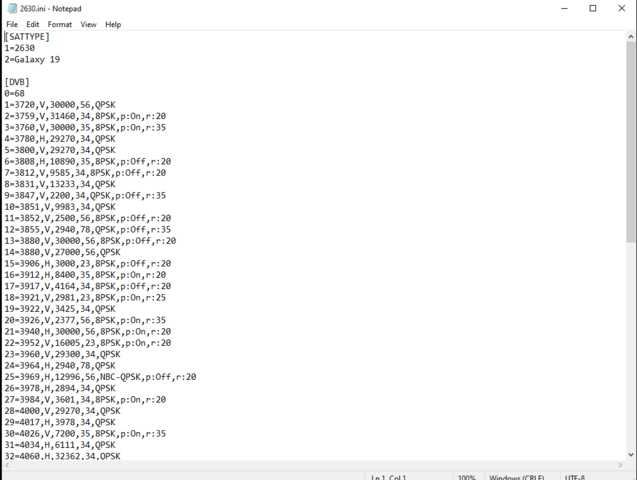I've been using TBS cards since 2015 and I agree in part and disagree in part with what other posters have said. In my opinion, if you are not afraid of Linux, then your best shot at making it work is to use Tvheadend as your backend. Tvheadend can be difficult if you have never set it up before, but once you get past its quirks the initial learning curve it becomes sort of a piece of cake. The biggest issue with TBS cards is that they are not supported natively by Linux, so you will have to learn how to install the drivers, and then every time you get a kernel update you will need to repeat the process. This is my #1 annoyance with this setup. That said there is an article about how to set up a Tvheadend backend for free-to-air satellite at
The never final, always subject to revision article on how to build a Satellite TV PVR distribution system using Tvheadend and even if you don't want to read all of that (though I recommend you do) I do recommend that you at least read their article about interrupts at
Do you run one or more TBS PCIe cards under Linux? Check your IRQs…
IMHO the biggest reason for getting the more expensive card would be if you ever want to receive 16APSK signals (of which there are very few) or maybe if you are trying to use an undersized dish, though I am not at all sure it would help in the latter case.
I don't have a receiver capable of playing 4K so I have not tried to receive an 4K signals. I can say that it works well with 4:2:2 signals, although you may experience breakups for the first few seconds. If you are going to PVR a show, start it a minute early and you should be fine, assuming you don't have a signal strength issue or a bad LNB or something.
As for "the software that comes with the card", if there is such a thing I don't recall seeing it. You pretty much need to download everything. And unless you plan on getting into the really geeky side of things, you don't need most of that software. If your goal is more to get additional channels to watch, rather than to chase wildfeeds or identify strange signals or do things that only really excite the true geeks, then all you need is the driver software for your card, and the backend software. If I need to peak one of my dishes or find a new satellite, I use a receiver for that, it's easier to work with. You really only want one piece of software trying to access the tuner cards at the same time, and Tvheadend will try to keep running no matter what (kill its process and it comes right back, presumably so as not to lose upcoming recordings in case something caused it to crash), so again you'd have to be pretty much of a Linux geek to want to use any of that other software. Just my opinion - some people enjoy the challenge of trying to make difficult things work; I prefer that things (especially computers) work with as little fuss as possible.
I hope I have not said anything to discourage you because really, Tvheadend and Kodi can make your viewing experience so much better, particularly if you have more than one dish and can have a dish dedicated to each satellite you wish to receive. But there is a learning curve. You will not figure it all out in hours or even days; figure it will be more like weeks or months before you really fully understand everything. That doesn't mean it will take you that long to have a working setup, but to get everything tweaked out the way you want it could take a while.








